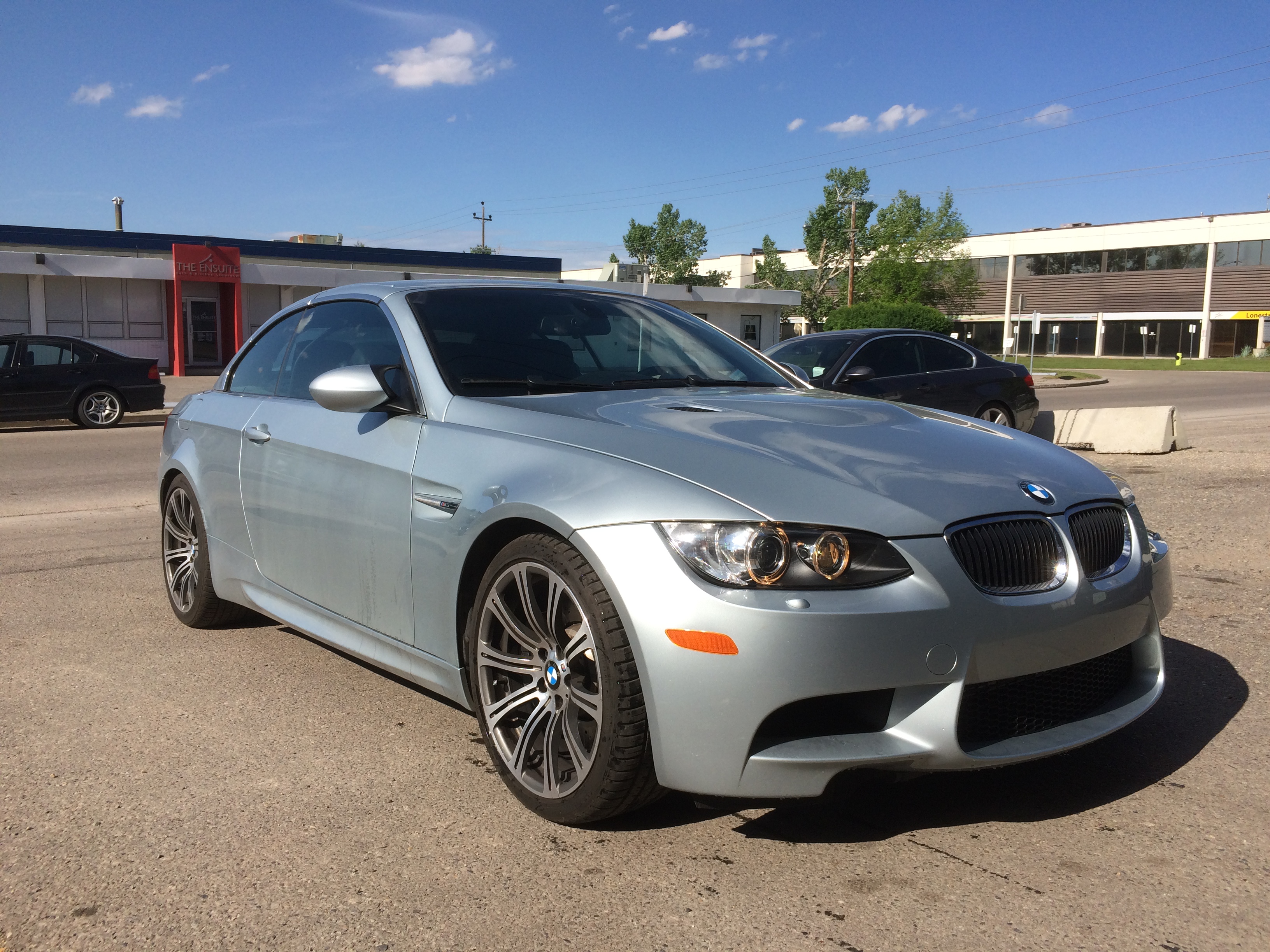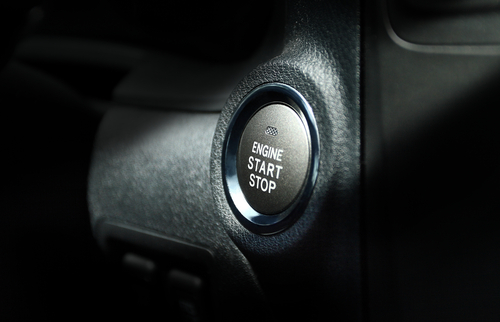Even with the most up-to-date BMW at your fingertips, a lot of care and responsibility is needed to look out for your passengers and other drivers. This is especially true during winter, so consider a few of our recommended safety tips for driving your BMW in cold and icy conditions.
Keeping Your Cool
First and foremost, it’s important to stay in the right state of mind when thinking generally about winter driving and when you’re on the road. Drivers will often fall into one of two mindsets: unreasonable tension or risky overconfidence. Before considering any of the technical stuff, don’t underestimate the importance of staying both relaxed and alert, not to mention avoiding assumptions about how good your driving is!
Vehicle Layout & Traction
With rear-wheel drive, less weight over the drive wheels sometimes means a disadvantage in traction, particularly when starting. This can be offset by keeping something heavy in the trunk such as tools or even sandbags. While your vehicle is likely equipped with traction or stability control, the weight distribution of that RWD layout and the possibility of fishtailing are things you should always take into consideration.
In the case of all-wheel drive, it’s common to see a bit of overconfidence when it comes to ice and snow performance. AWD may improve your acceleration, but you can’t rely on it to optimize the safety of your turns! At the end of the day, investing in a good set of winter tires will go a long way toward improving your traction for the season.
Smart Braking, Smart Acceleration
It’s critical to complement this knowledge with good habits in your operation of the vehicle itself. Never forget that your stopping distance can increase by about four to ten times in ice and snow. Go easy on your brakes and your acceleration, keeping all your input moderat and carefully calculated. Reserve your braking for straight lines and avoid it during turns. When accelerating from a dead stop, start in second gear so that your wheels don’t spin against the ice. Most of all, learn and understand the nuances of your vehicle and how it performs in different conditions!
From safety to maintenance and performance, Motorwerkes is a trusted team in Calgary for repairing BMW motor vehicles. If you want to be prepared for winter, call 403-768-3168 to schedule an inspection of your vehicle with our certified technicians!




